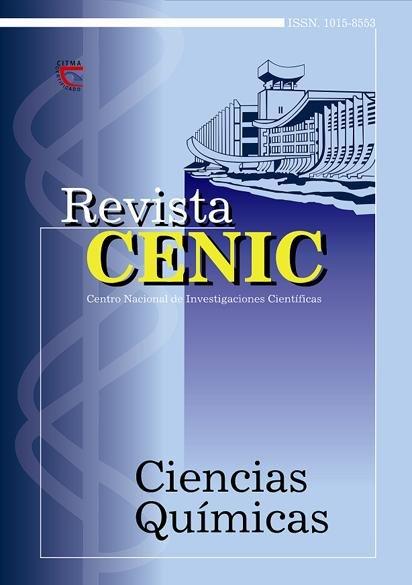Efecto de un brasinoesteroide sintético (DAA-6) sobre el crecimiento del vástago y las raíces de la caña de azúcar
Abstract
Brassinosteroid were accepted in 1996 as a new class of plant growth regulators. Information about its effects on sugarcane growth and development is scarce; moreover there are few reports about the dose-effect relationship even for other plant species. The natural concentrations of this plant growth regulator are very low, between 10-7 and 10-1 ppm depending on the tissue; however, the analogues of brassinosteroid produced in Cuba, have been used for field application at relatively large concentrations (1-0,01 ppm). The objective of this paper is to find out the effect of the DAA-6 (BIOBRAS-6) on the sugarcane root and shoot growth and to determine the effect of concentration on growth. A Cuban sugarcane variety (Ja 60-5) with difficulties for rooting was selected for the experiments. Nodes from the upper third of the cane were soaked in DAA-6 solutions different in con-centration (1 to 10-6 ppm); a control with distill water was used. The kinetic of rooting, total root length per node and shoot height were measured. The maximum stimulation effect on root and shoot growth, after ten days of treatment, was found to occur at 10-6 and 10-4 ppm respectively. The root emission per node increased with all treatment with a maximum at the lowest concentration assayed: 10-6 ppm. Rooting was earlier with all DAA-6 treatments. It is discussed that the stimulating effect of DAA-6 on sugarcane root and shoot growth could be due to its effect on the activity of xyloglucan endotransglycosylases and the in-crease of the cell membranes permeability to water.
Downloads

Downloads
Published
How to Cite
Issue
Section
License
Copyright (c) 2003 Copyright (c) 2003 Revista CENIC Ciencias Biológicas.

This work is licensed under a Creative Commons Attribution-NonCommercial-ShareAlike 4.0 International License.
Los autores que publican en esta revista están de acuerdo con los siguientes términos:
Los autores conservan los derechos de autor y garantizan a la revista el derecho de ser la primera publicación del trabajo al igual que licenciado bajo una Creative Commons Atribución-NoComercial-CompartirIgual 4.0 Internacional que permite a otros compartir el trabajo con un reconocimiento de la autoría del trabajo y la publicación inicial en esta revista.
Los autores pueden establecer por separado acuerdos adicionales para la distribución no exclusiva de la versión de la obra publicada en la revista (por ejemplo, situarlo en un repositorio institucional o publicarlo en un libro), con un reconocimiento de su publicación inicial en esta revista.
Se permite y se anima a los autores a difundir sus trabajos electrónicamente (por ejemplo, en repositorios institucionales o en su propio sitio web) antes y durante el proceso de envío, ya que puede dar lugar a intercambios productivos, así como a una citación más temprana y mayor de los trabajos publicados (Véase The Effect of Open Access) (en inglés).














